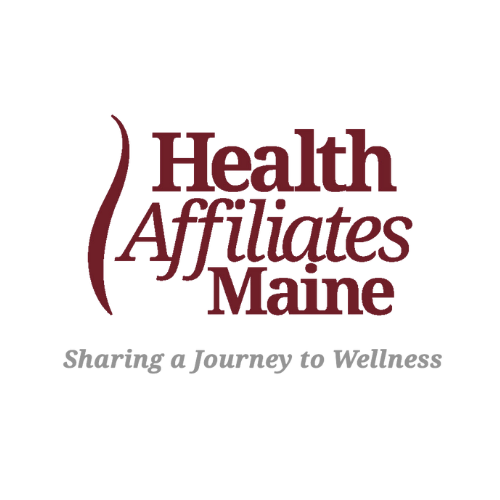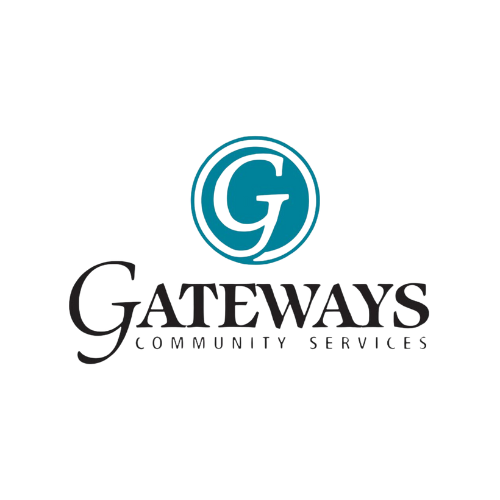The C.A.R.E.D. Framework
Navigating Ethical Dilemmas with the C.A.R.E.D. Framework
In human services, education, and leadership, ethical dilemmas aren’t “if” situations. They’re “when.” Every day, professionals are asked to make decisions where values, responsibilities, and systems can often collide. These moments can feel overwhelming, but they’re also opportunities to show up with integrity, compassion, and courage.
At Inspired Consulting Group, we’ve developed a framework to help guide this process: Introducing, the C.A.R.E.D. Framework for Ethical Decision Making. Rooted in reflection, accountability, and equity, this framework is designed to support professionals across diverse fields in navigating complex choices without losing sight of people, principles, or purpose.
What is C.A.R.E.D.?
The acronym C.A.R.E.D. stands for:
- C – Consider the Context
- A – Analyze the Options
- R – Reflect on Values
- E – Engage in Action
- D – Debrief and Document
Each step encourages us to pause, ask thoughtful questions, and ensure that our decisions are grounded in both ethical standards and the lived realities of those impacted.
A Closer Look at the Five Steps
C
Consider the Context
Goals: To pause and ground yourself in a full understanding of the dilemma, including social location, lived experience, and systems thinking.
Before rushing to act, take a moment to scan the whole landscape. Who is involved or impacted? What laws, policies, or codes may be relevant? What power dynamics or systemic factors are shaping the situation? Context matters—and without it, even well-intentioned choices can miss the mark.
Questions:
- What’s happening here
- Who is involved or impacted?
- What power dynamics, indentities, or systemic facters are present?
- Are any relevant laws, policies, or codes at play?
A
Analyze the Options
Goals: To weigh risks, benefits, and alignment with values, ethics, and equity.
Every ethical dilemma has multiple paths forward. Which options align with safety, equity, and professional codes? Which might create unintended harm? This step is about weighing risks and benefits—not just for efficiency or compliance, but for dignity and justice.
Questions:
- What are the possible choices or paths?
- What are the potential outcomes of each path – intended and unintended?
- Which ethical principles are in conflict (e.g., self-determination vs. safety)?
- Who might benefit or be harmed by the outcomes?
R
Reflect on Values
Goals: To surface your own lens and remain accountable to ethical and inclusive practice.
This is where head meets heart. What core values are at play, both yours and the organization’s? Are principles like self-determination, fairness, or inclusion being honored or compromised? Reflection ensures that decisions aren’t just reactive but rooted in what we believe is right.
Questions:
- What personal, professional, and cultural values are most relevant here? Any conflict between these showing up?
- What does your professional code of ethics say?
- Check for bias or blind spots.
- What would a trauma-informed or affirming approach look like?
E
Engage on Action
Goals: To act with intention, transparency, and collaboration.
At some point, a choice must be made. This is where we move from analysis to action—communicating clearly, leading with empathy, and taking responsibility. Action is where integrity comes to life.
Questions:
- Who else should be consulted before moving forward (supervisor, team, client/guardian, public safety)?
- What is the most ethical and inclusive next step?
- Do a “gut check”. Has there been anything overlooked?
- Implement the decision with care and compassion.
D
Debrief and Document
Goals: To close the ethical loop by learning from the outcome, sharing insights, and documenting your process to build transparency, accountability, and growth for yourself, your team, and your organization.
The work isn’t over once the decision is made. Debrief with colleagues, reflect on lessons learned, and document the process for accountability. At this final stage of the framework, it’s also essential to take time to Decompress. Ethical conflicts take a lot out of us as practitioners, and it’s important that we prioritize self-care and wellness on this journey to ensure that we will have what is needed to go forward and continue the work, long after the ethical conflict is over. This step not only strengthens organizational trust but also helps us grow as ethical leaders.
Questions:
- Reflect on what happened after the decision. What can be learned? What would you do differently?
- How was harm migitaged, or trust preserved?
- Check in with stakeholders.
- What documentation of the process is now needed?
- What self-care is needed?
Why It Matters
Ethical decision making isn’t about being perfect—it’s about being intentional. In times of pressure, it’s easy to cut corners or let fear drive choices. The C.A.R.E.D. Framework helps us slow down, ask better questions, and remember that our work impacts real people with real lives.
By practicing this framework, professionals build cultures of trust, transparency, and care—values that ripple outward to clients, colleagues, and communities.
Bringing C.A.R.E.D. Into Your Work
You don’t need a complicated case study to start using this framework. Try it the next time you:
Face a tough boundary decision with a client or colleague
Notice a conflict between policy and practice
Feel stuck in a “gray area” where no option feels easy
With practice, C.A.R.E.D. becomes less of a checklist and more of a mindset—a way of moving through the world with clarity, compassion, and courage.
At Inspired Consulting Group, we believe ethical decision making is a collective responsibility. When we ground our choices in context, analysis, reflection, action, and debriefing, we show that we truly care, not just about doing things right, but about doing the right thing.
Professional Development
Get Started!

Ready to embark on your Professional Development journey? Contact us today to schedule a consultation call and discover how we can help you with your organization’s training needs.







